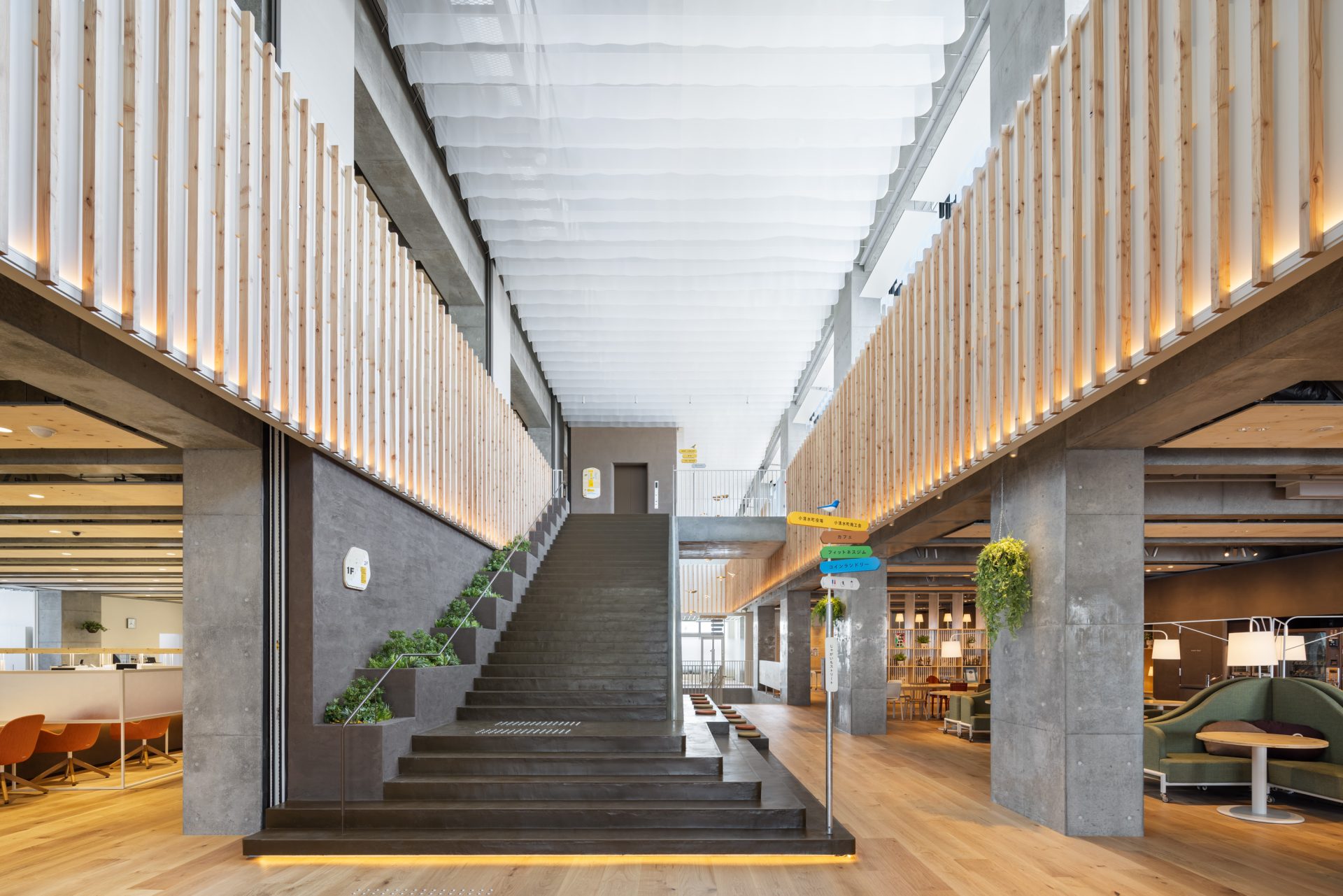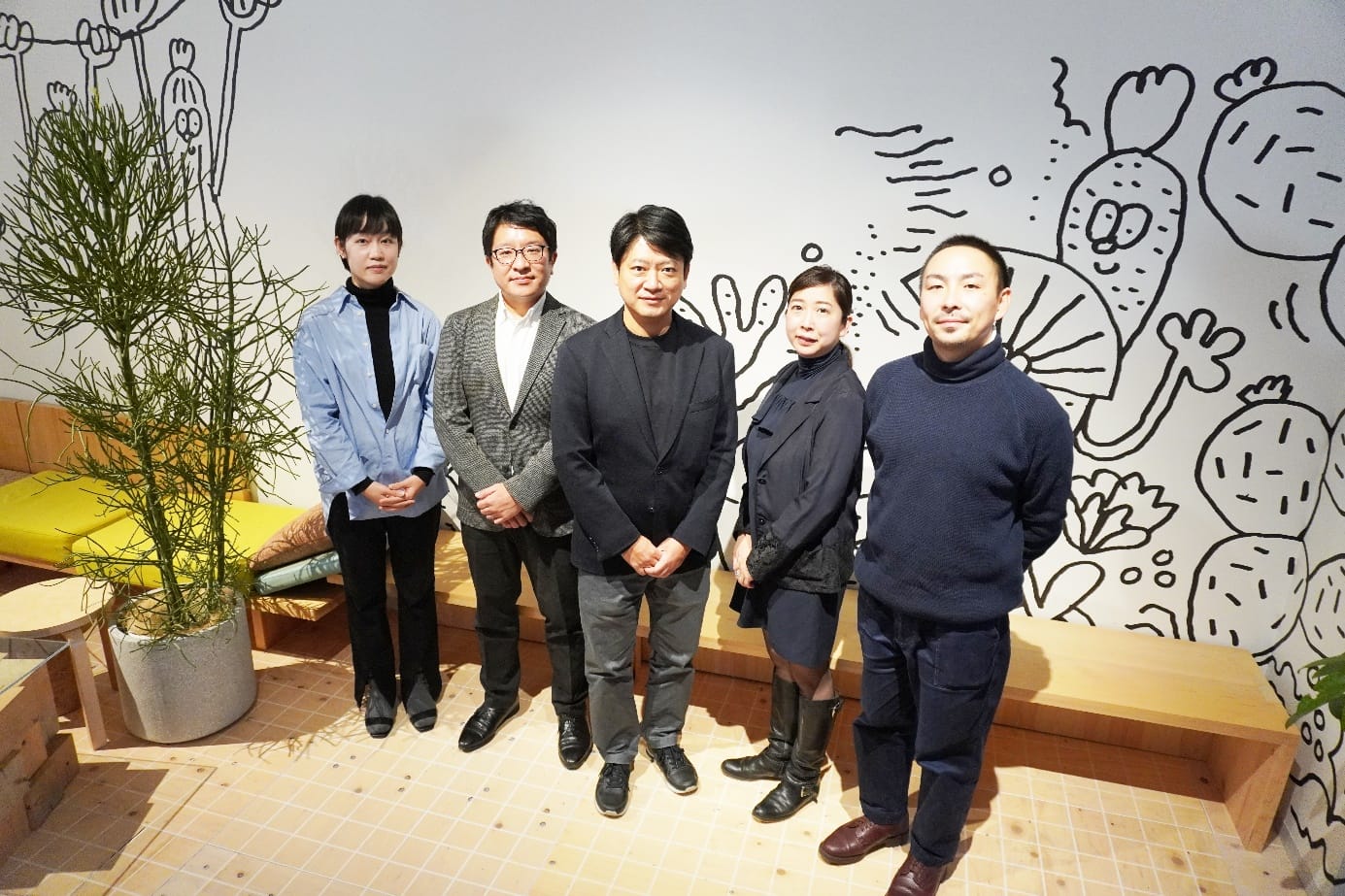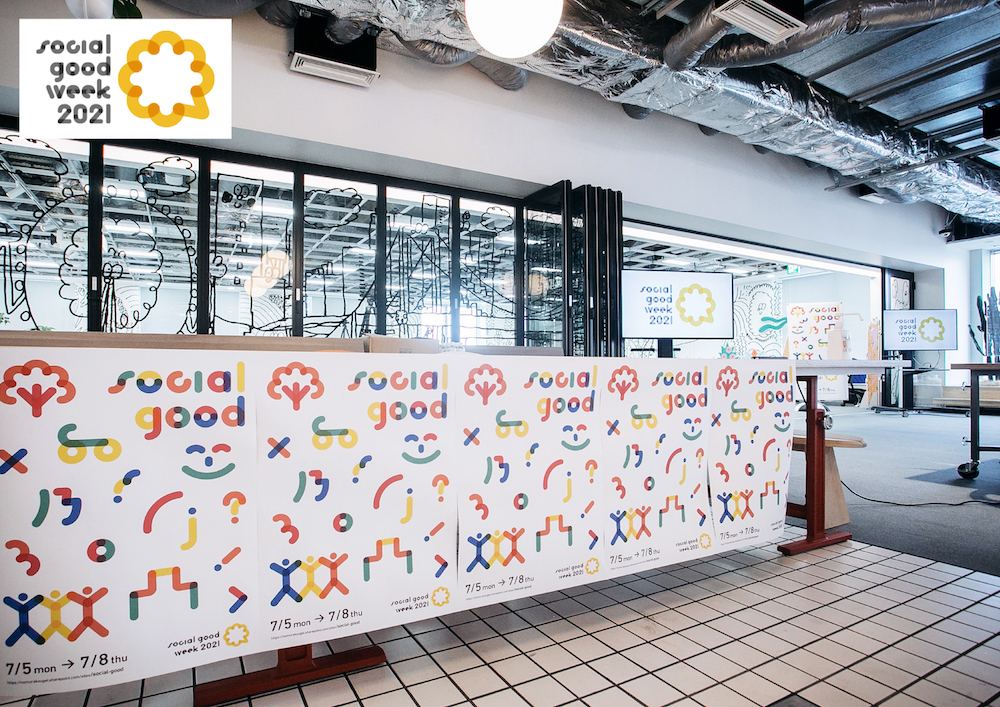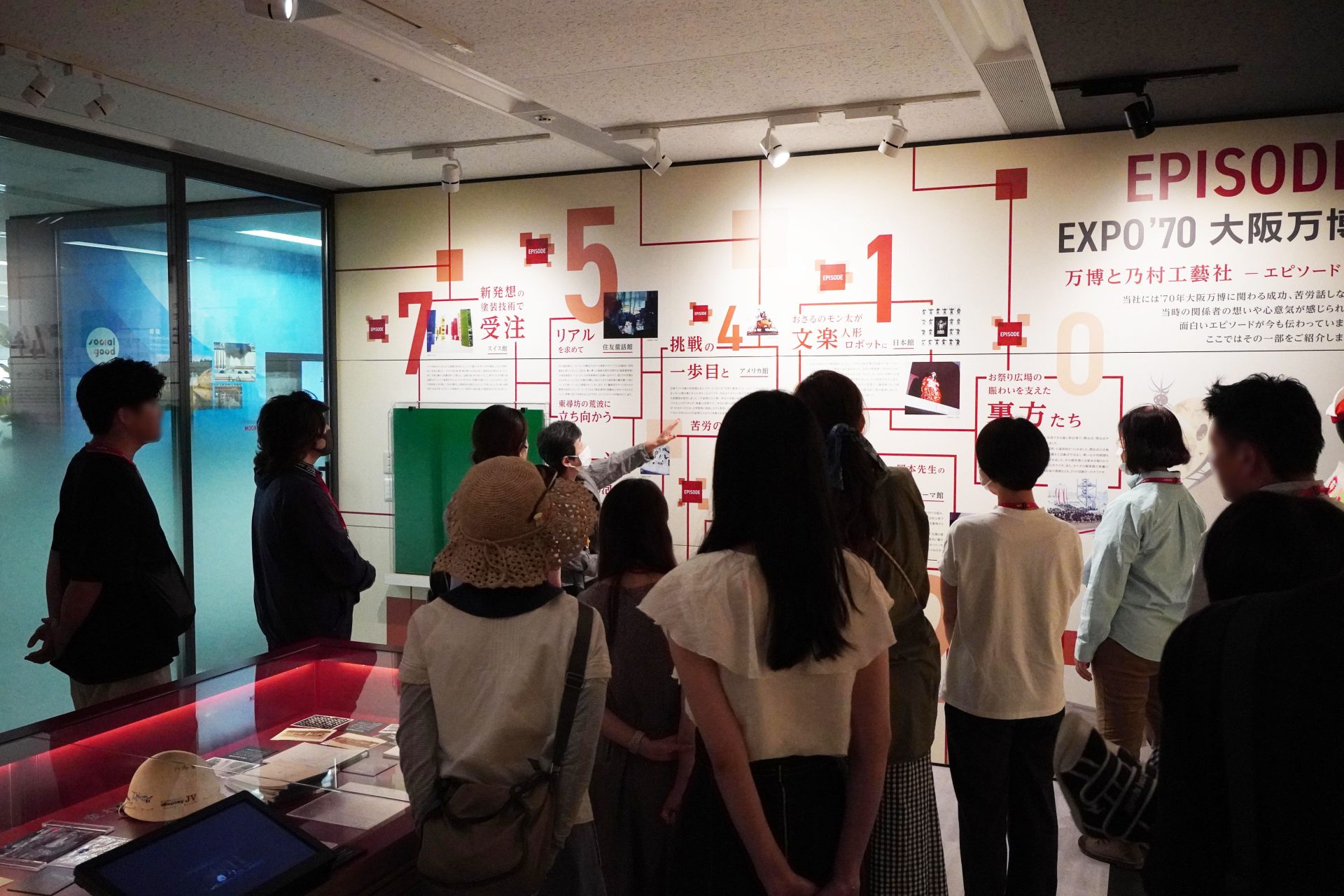
- text and edit by
- Ryuta Ohashi
“That day came out of the blue. Our company was denounced as an anti-social company, boycotts took place all over the world, and we were completely excluded from the procurement of client companies. I was pulling the strings…”
This economic novel-style writing depicts the risks and strategies of the SDGs era. I created it with reference to the strategies of leading companies
Recently, we have been receiving more inquiries about SDGs at our company. Sometimes the characters of the SDGs are clearly specified in the given conditions. It means that the SDGs have become a matter that cannot be ignored in corporate strategy. Now, I would like to think about what the SDGs are, how they affect corporate activities, and how to interpret the SDGs in spatial creation while reading the opening paragraph.
What the hell are the SDGs?
First, what are the SDGs? In a nutshell, the SDGs are a global project that reconsiders the relationship between society, the environment, and the economy. Specifically, the vision (great goal) that human society should reach by 2030 is described in the "2030 Agenda", and the 17 colorful icons that many people see are the big goals. A small goal to reach. In addition, a total of 169 numerical targets have been set in a manner linked to each icon. This is the basic of the basics of the SDGs.

I think there are many people who think that SDGs are similar to CSR and CSV. I used to be like that too. Of course, there are differences, but I think it's safe to assume that they're basically the same thing, as they all share the same underlying philosophy of wanting to improve the world and society.
However, if I were to mention one major difference, it would be that the SDGs are not a transient trend but are taking root as the mainstream of global capital markets. I won't go into detail about why this trend is happening, but I can't say it's unrelated to the fact that abnormalities in the global environment are beginning to appear in visible form. Since it is conceivable that the corona disaster is also caused by environmental destruction, the movement toward achieving the SDGs is likely to accelerate in the post-corona society.
SDGs and business do not fit well
Now, let's go back to the opening paragraph. That was written with reference to the SDGs strategy of a certain global company. The company was ahead of other companies in tightening its oil procurement standards in a way that considered the environment and human rights, and through lobbying activities, pushed up the procurement standards to be complied with by the entire industry. At the same time, we have built up an advantage over our competitors by retaining producers who meet those standards. It is a best practice in the SDGs era that links environmental protection and human rights protection with the long-term advantage of companies.
In fact, this company did not attempt to form public opinion to eliminate competition as mentioned at the beginning, and it is a complete creation. However, companies that do nothing about the SDGs are exposed to the risks mentioned at the beginning. In other words, when the SDGs become the mainstream of society, non-compliance with them may significantly impair our core business activities.
I would like people to say, "Well then, let's do the SDGs!", but actually, the SDGs are difficult for business people to understand.
It is especially difficult for frontline players and management to understand.
Why? The essence of SDGs is hidden there.
In conclusion, as shown in the table below, the logic that drives the SDGs conflicts with the logic of business.

In reality, it may not be so extreme, but the essence of SDGs is "altruistic and long-term", so it does not fit well with business. However, what the times demand is to make this SDGs logic coexist with business logic and build a story that connects them. The specific methodology will be described below, but it can be said that it is undoubtedly necessary to have a long time frame and a broad imagination that does not stick to the company in order to spin the story.
Basics of corporate activities in the SDGs era
We will consider the methodology for incorporating SDGs into corporate activities. If you cut off the branches and leaves, it seems that the following three approaches will converge as a large trunk.

The first is to form a consortium with suppliers and clients to bring the supply chain of existing businesses in line with the SDGs, as in the previous example. At first glance, it seems like a plain “defensive” strategy, but by strategically using PR and lobbying, it can be turned into an “offensive” strategy as mentioned at the beginning.
The second approach is to assemble new businesses rather than existing businesses. It's not a simple matter to face social issues that have been overlooked by business so far from a business perspective. If you are self-sufficient, you usually hit a wall. We should consider collaborating with sectors that have logic different from business, such as NPOs and governments. In addition, we believe that business feasibility should be judged based on the corporate brand and synergistic effects with other businesses, rather than on the business itself.
The third is a point to move forward with the above two. Whether it is an existing business or a new business, in order to break away from conventional logic, we should promote dialogue not only with affiliated companies, but also with governments, NPOs, and, in some cases, with competitors. The SDGs are “altruism”. Let's deepen our partnership by thinking about how we can be useful to the other party, instead of focusing on our own profits.
"This is impossible. Impossible all of a sudden."
You may hear this kind of voice, but if you leave it alone, the fate of the company will be as I mentioned at the beginning. Of course it is impossible to jump. We have to proceed little by little. Yes, it is a “long-term perspective”. Rather, do not forget that the superiority that has been accumulated over a long period of time is difficult to imitate, and it will be a long-term superiority. When dust piles up, it becomes a mountain.
SDGs and the possibility of space seen in green infrastructure
From now on, I will narrow my focus and think about how to perceive the SDGs and space. He said that the SDGs are a paradigm shift from "selfish" to "altruistic" and from "short-term" to "long-term." I believe that these two principles also apply to space creation in the SDGs era. In other words, SDGs spaces are “public, highly participatory altruistic spaces” and “spaces whose value increases over time”. I wonder if such a space exists, but commercial facilities such as "Granberry Park", "GREEN SPRINGS", "RAYARD Hisaya-odori Park", etc., which were developed integrally with the park space, and a rich biotope Looking at the examples of commercial facilities that form communities with open spaces and plazas, trends tend to gravitate toward the SDGs without realizing it, and the number of public spaces that are inclined toward long-term value formation is increasing. It seems like.

In addition, I think that we should pay particular attention to trends in green infrastructure when it comes to spaces that achieve the SDGs. Are you familiar with the term green infrastructure? With the idea of using green spaces as infrastructure, attention is being paid to the possibility of becoming a comprehensive solution with high resilience for disaster prevention, mitigation, improving the attractiveness of cities, and improving the quality of life. In 2019, the Ministry of Land, Infrastructure, Transport and Tourism announced a green infrastructure utilization strategy, and it is expected that the development system and support measures will be gradually established from now on. Although it was overshadowed by Greta Thunberg's announcement, the concept of Nbs (Nature based solutions), which is related to green infrastructure, attracted attention at the 2019 United Nations Climate Change Summit. This is another way of thinking about using ecosystems as solutions to social issues. In this way, it can be said that the tendency to use the natural environment as infrastructure is becoming a global trend.

Green works for community
In terms of revitalizing the place, the importance of community goes without saying. It also has an event nature in that you can enjoy it. Rather than trying to forcibly create an event for each season, I think that events such as "the cherry blossoms have bloomed" and "a baby spot-billed duck has been born" will be much more attractive and have the power to build a community. Of course, we are aware that initial costs are high, maintenance is required, and monetization is difficult on its own. Infrastructure will be a “work” solution.

That's all for my opinion. What do you think, did this article change your view of the SDGs? No, I'm talking about obvious things, and if you feel like it's a common example, it may be that the SDGs are becoming mainstream without realizing it. If so, the opening "that day" may come tomorrow. It is safe and advantageous if you hurry. Competitors may be pursuing strategies with a tiger's eye.
References
Practical Green Infrastructure Utilization Strategy Nikkei BP
SDGs textbook for business people Nikkei BP
The Future of Management Asked by SDGs Nikkei Shimbun Publishing Co., Ltd.
Cohen-Shacham, E,. Walters, G., Janzen, C. and Maginnis, S. (Eds.) 2016. Nature-based solutions to address global societal challenges. Gland, Switzerland: ICUN. xiii + 97pp.
Like this article?













